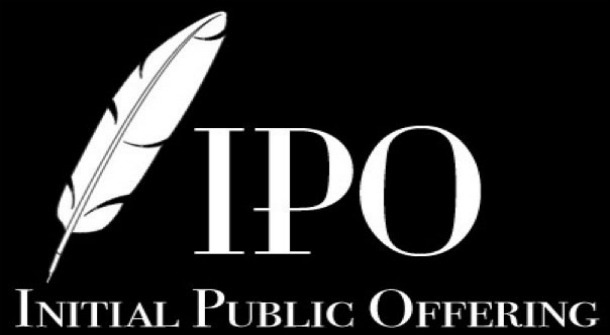How to Underwrite an IPO

The underwriting process during an initial public offering is usually carried forward by investment banks or large brokerage firms which specialize in the distribution and sale of each stock by either buying all shares at a discounted price from the company or simply aiding them in finding large clients.
Instructions
-
1
After the decision of going public has been made, a company’s first aim will be to look for financial institutions which have the capacity and ability to sell securities. Among the primary considerations, they will look at the underwriter’s experience in the industry, strength and weaknesses, methods of growth evaluation and standing in the market.
An underwriter must have managed successful IPOs in the past, must be able to prepare a preliminary evaluation by looking at the company’s finances, and give recommendations through proper analysis.
On the basis of these above factors, a company must be in a position to reward a particular financial institution to manage the IPO. However, in some instances, there may be more than one financial entity involved with one being the lead and others working in a supporting capacity. -
2
If multiple parties are involved then a process of syndicate is formed. As the initial investment is pretty large for any one investment bank to effectively handle, a syndicate is formed where the main underwriting institution collaborates with other investment banks to sell the offerings.
-
3
There will be two ways for the process to move forward; either through a firm commitment basis or on a best efforts basis. In the former, the underwriter will buy the full amount of shares upfront at a lower price and will resell them to other institutions and investors at a higher price. As for the latter, the investment bank does not buy the shares upfront but commits to do best to sell the shares. In a syndicate, the member institutions will act on a best efforts basis and will not be held responsible if any of the shares are unsold.
While the best efforts method may be seen as a warning sign for a company, it usually gives the underwriting managers added leverage if the process does not go smoothly. -
4
After the shares have been issued, the underwriter will collect underwriting proceeds, which is referred to the spread between issuance price and the traded price. The spread will be then split among the prime underwriter and the syndicate members.




